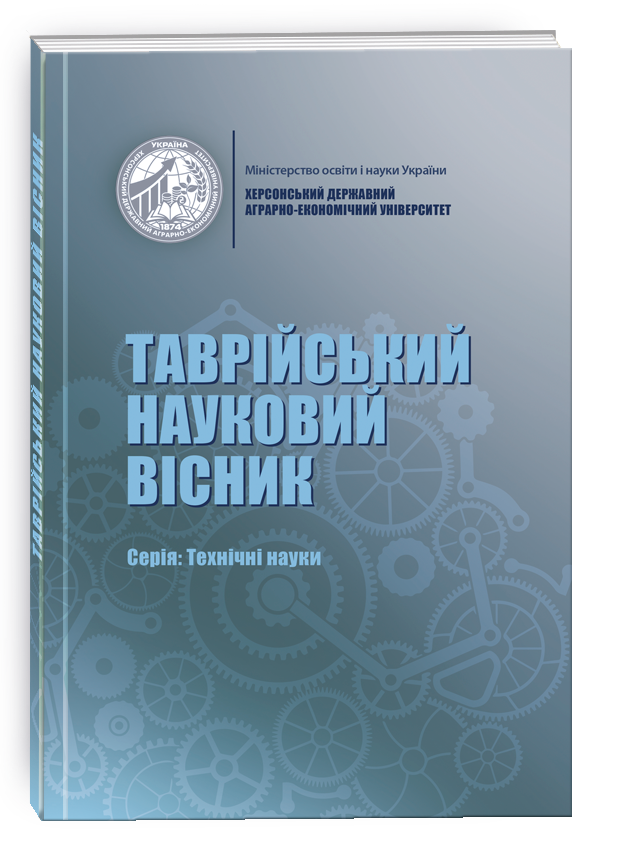ANALYSIS OF CONSUMER PROPERTIES OF MICROGREEN AND BENEFITS OF USE IN NUTRITION
DOI:
https://doi.org/10.32851/tnv-tech.2021.5.2Keywords:
food industry, microgreens, biological compounds, vitamins, amino acids, consumer propertiesAbstract
Modern trends in the formation of a healthy diet dictate the need to create new products with increased biological and physiological value. An important role in this is played by the possibility of using traditional agricultural raw materials grown in the immediate vicinity of the places of its processing, which significantly reduces the cost of transportation and storage of raw materials, to expand the range of food products. Improving the nutrition of the population is possible due to the use in the recipe of food products of natural plant raw materials, traditionally grown, harvested, prepared in Ukraine, which has a high biological value. The need to monitor the development of modern technologies requires constant improvement and implementation of innovations in the food industry on its own due to the use of foods high in biological compounds. Based on the analysis of literature sources on the use of microgreens in food, allows us to conclude that today this raw material is promising and belongs to innovative foods. The use of microgreens in the diet allows you to fill the human body with organic nutrients such as proteins, vitamins such as C, B, K, E, carotenoids, minerals and other nutrients: potassium, calcium, phosphorus, magnesium, iron, iodine, sulfur, and also essential oils. The paper presents the results of research on the biological value of microgreens of different crops and its impact on the human body. The use of the benefits of microgreens in the diet is associated with a therapeutic effect, namely the presence in its composition of vitamins, amino acids that have a wide range of biological activity with antibacterial, antiviral effect.
References
Жариков Г.Г. Микробиология продовольственных товаров. Санитария и гигиена : учебник. Москва : ИЦ Академия, 2007. С. 300.
Carolyn, F. Broccoli Microgreens: a mineral-rich crop that can diversify food systems. Frontiers in Nutrition. 2018. № 47. P. 48–65.
Renna, M, Rinaldi, V.A. Comparison between the mineral profile and nitrate content of microgreens and mature lettuces. Food Compos Anal. 2017. № 37. P. 38–43.
Waterland, N.L., Moon, Y., Tou, J.C., Kim, M.J., Pena-Yewtukhiw, E.M. Mineral Content Differs among Microgreen. Baby Leaf, and Adult Stages in Three Cultivars of Kale Park HortScienc. 2017. P. 566–571.
Мікрогрін: що це, види, як вирощувати в домашніх умовах : вебсайт. URL: http://tps://bhub.com.ua/uk/mikrogrin-shho-tse-vydy-yak-vyroshhuvaty-v-domashnihumovah/.
Малинкина Е. Вся правда о микрозелени : веб-сайт. URL: https://www.supersadovnik.ru/text/vsja-pravda-o-mikrozeleni-1007233/.
Specialty Greens Pack a Nutritional Punch. USDA ARS Online Magazine. 2014. Vol. 62. № 1. URL: https://agresearchmag.ars.usda.gov/2014/jan/greens/.







